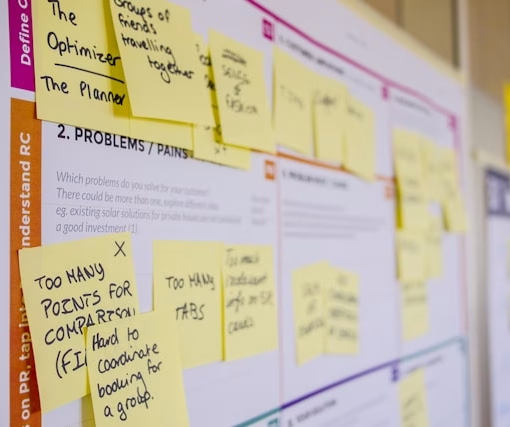
We’ve all been there: your organization thinks it identifies a problem and immediately jumps to a solution. For example, sales targets are not being met so commissions are raised. A team is disengaged, so an expensive wellness program is launched. Or turnover is high, so more money is poured into flashy recruiting ads. It’s a common, logical, and often-futile approach.
The truth is, a new strategy is only as good as the problem it’s designed to solve. When you try to fix a problem, you don’t fully understand, you’re not building a solution; you’re just putting a fresh coat of paint on a crumbling wall.
I’ve seen firsthand how this reactive cycle traps companies in a loop of wasted time and resources. The first and most crucial step in crafting an effective general or employer brand strategy isn’t about what you’re going to build. It’s about taking the time to understand why you need to build it in the first place.
Step 1: Stop and listen
Before you can create a new strategy, you have to find out what’s really happening. This requires a level of honesty and introspection most companies never achieve. You can’t just rely on gut feelings or assumptions. You have to ask a simple, powerful question: What’s the real problem here?
Think about it this way: if your car is making a strange noise, you wouldn’t just turn up the radio to drown it out. You’d open the hood and figure out what’s wrong. Yet, in business, we often ignore the warning signs and just implement a quick fix.
So, where do you start? We begin by getting a clear picture of what your company’s “symphony” sounds like. Is there harmony across departments, or are different sections playing completely different songs? Are the soloists (top performers) leaving the orchestra, and if so, what’s their story?
This is a deep dive, and it requires you to listen to the people who are in the day-to-day. You’ll need to hear from everyone, from the newest hire to the seasoned veteran.
Step 2: Identify the root cause
Once you’ve stopped and listened, you’ll likely uncover a lot of noise. Your job now is to filter out the symptoms and identify the root cause.
For example, a client came to us convinced their problem was a lack of collaboration. We could have suggested a team-building retreat or a new collaboration tool. But through our deep-listening process, we discovered the real issue was a broken feedback loop. Managers were afraid to give honest feedback, and employees were afraid to ask for it. The lack of collaboration was a symptom of a deeper, systemic problem with trust.
A new tool wouldn’t have never fixed that.
This is where the real work begins. We have to be willing to look past the obvious and ask the uncomfortable questions. You have to ask, “Why?” over and over again until you get to the core of the issue.
Step 3: Base your strategy on reality
Only after you have a clear, validated understanding of the root problem can you begin to craft a strategy. This strategy will be authentic, effective, and sustainable because it’s built on a foundation of truth, not guesswork.
At Dandelion Strategies we dig deep and keep asking questions to uncover the truth, so you can build a brand that is truly resilient. When you invest the time to understand the “why,” you can create a solution that not only works but lasts.
In my book Symphony of Strategy, I dive deeper into how you can stop guessing and start building a culture of authenticity.




